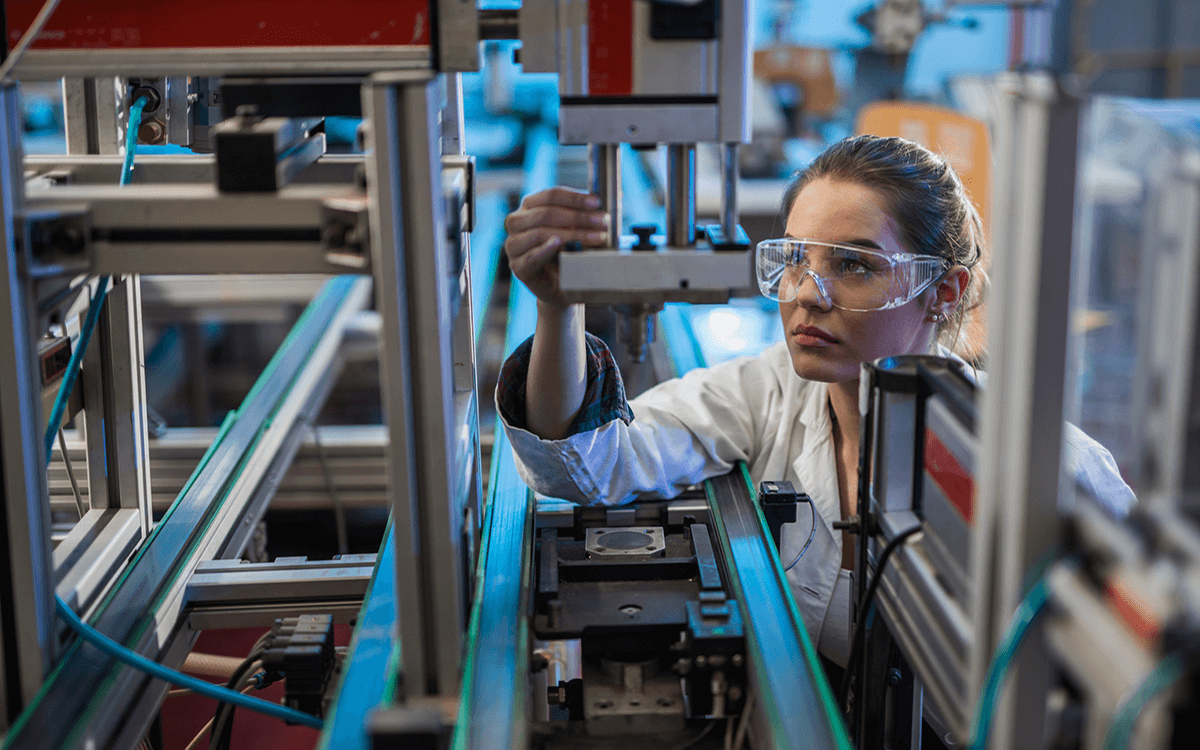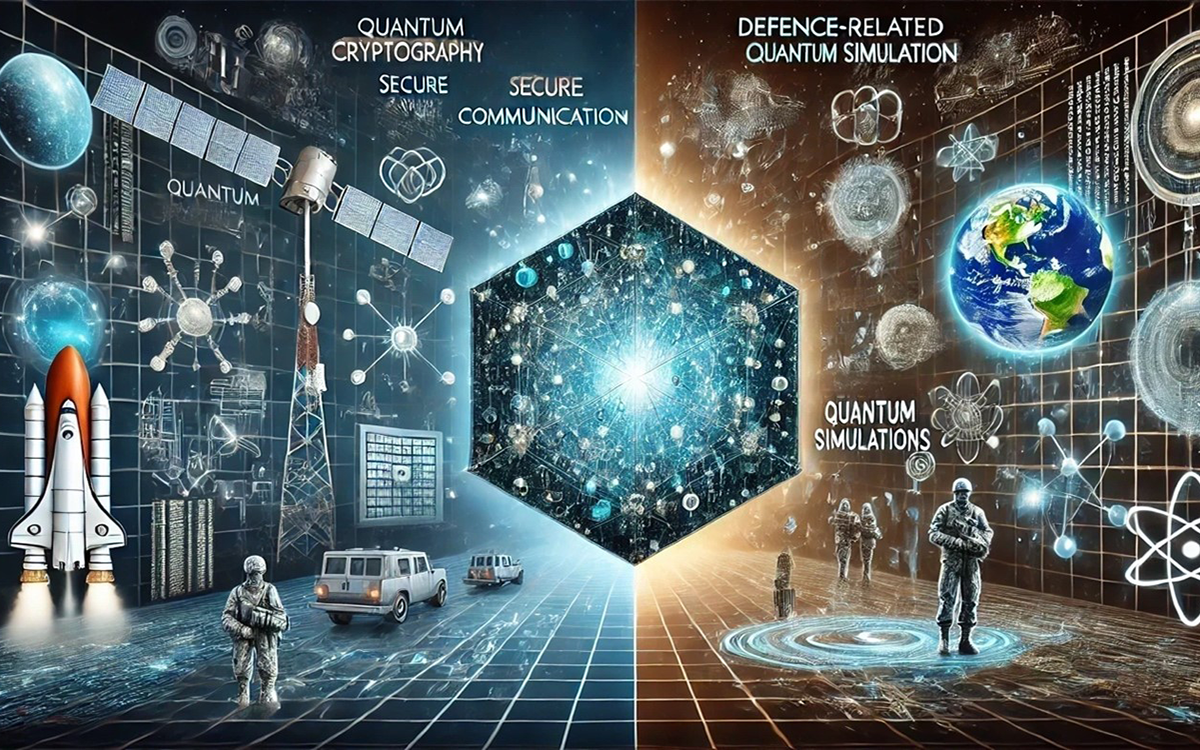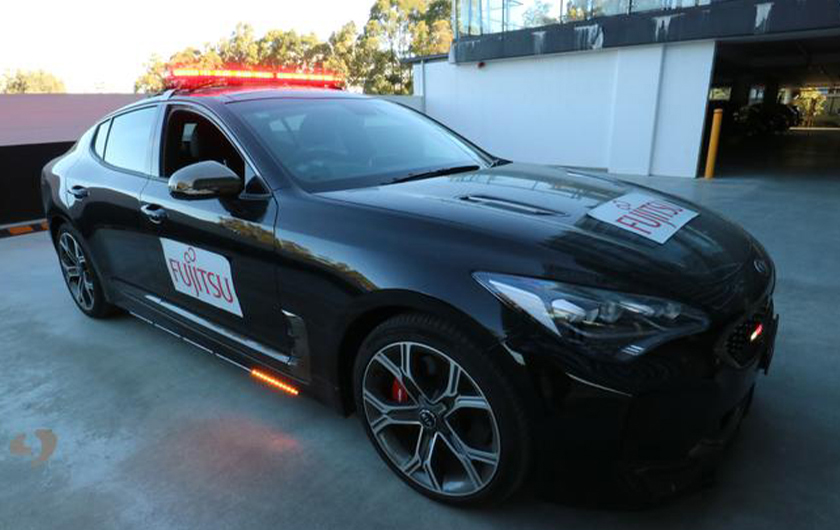
With a combination of innovative thinking, an advanced automotive platform to work with, and access to world-leading artificial intelligence technology, Fujitsu engineers have developed a concept for a smarter and safer police car.
The cabin of a typical police car can be one of the most dangerous workplaces in the world. In addition to the dangers of being the front line of police work, the actual environment has inherent dangers due to the technology and equipment needed to ensure police officers can do their jobs efficiently.
Currently, police vehicles have many technology systems that all work independently and are unable to communicate with each other. While each piece of technology does what it is intended to do, the systems create a level of complexity for officers in a busy policing environment. Furthermore, the technology is often ‘bolted on’, compromising the space in the cabin of the car and potentially interfering with the operation of safety features such as airbags.
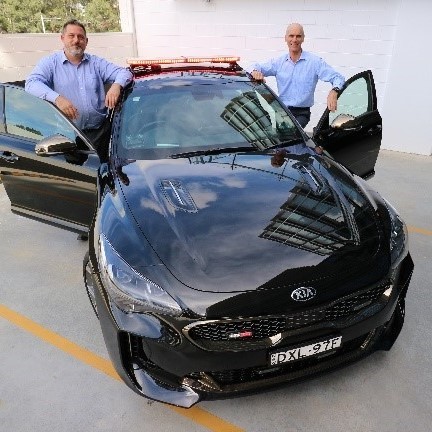
Principal Architect Ian Hamer gives CEO Mike Foster a demonstration of the police car of the future.
So how do you make the police car smarter, and safer?
An idea that originally hatched from Fujitsu’s incubator program came to life as a collaboration between Kia and Fujitsu Australia as a prototype for the ‘Digital Police Car of the Future’. The car includes a number of innovations, all designed to enhance the lives of police officers on the job in a true ‘Human Centric Innovation’ approach.
Simplification of the interface
Fujitsu’s innovation team has developed a unique concept car that builds on Kia’s technology platform to integrate the many systems to be accessed via the car’s in-built touch screen. This frees up a lot of space through the removal of the existing 10” third-party LCD screen currently mounted on the dashboard of many police cars. Installation and uninstallation are simplified, reducing single point of failure installations. An added bonus is that less cabling reduces the weight and power draw on the vehicle, resulting in greater fuel efficiency.
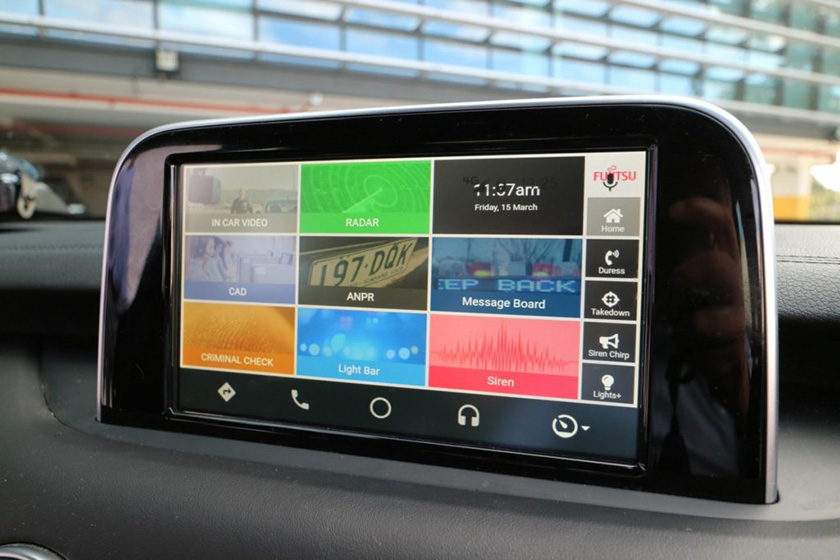
Biometric authentication for a single sign on to all major systems
Instead of officers having to log into up to seven different systems individually, the single sign on is coordinated through Fujitsu’s PalmSecure palm vein authentication. By positioning their palm over the sensor, the officer can have access to all of the systems that they need to do their job. This alone saves time and removes the inefficiency of signing on individually to systems for Number Plate Recognition, Computer Aided Dispatch, Criminal Checks, Registration Data Siren, Radio and a number of other sources that are essential for today’s policing.
Use of AI to enhance the policing experience
Phase two of this development will use artificial intelligence (AI) capabilities to improve the efficiency of police work. A great example of this is the use of AI combined with on-board cameras to enhance the ability of police officers to respond quickly. For example, video cameras can identify a target car’s manufacturer and colour, which will help recognise stolen cars in busy carparks and traffic. The technology can potentially be used with facial recognition and can also employ advanced pattern recognition. This also has applicability in active police work, where the car will be able to detect if an offender has drawn a weapon and automatically send duress signals back to base.
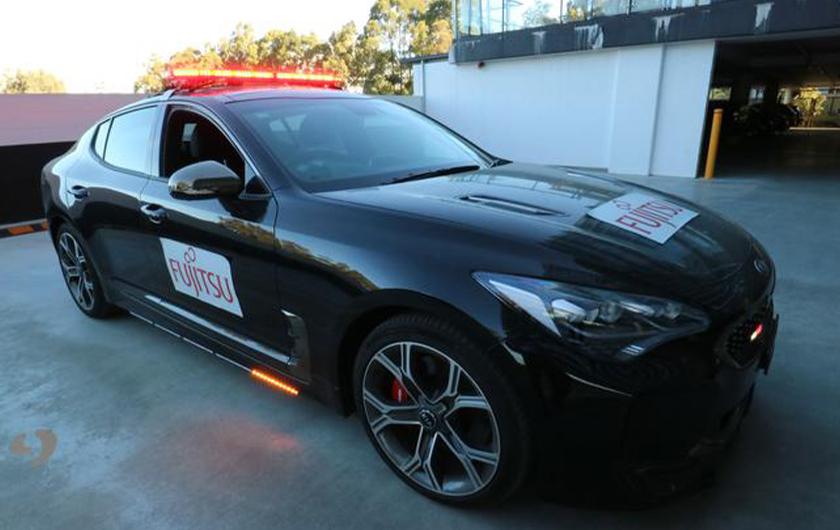
A standardised approach to fleet management
Although not directly related to the enhancement of the police experience, the approach has significant advantages to fleet managers in the procurement, commissioning and disposal of vehicles. Once the design is finalised, Police forces will be able to order a Kia with a ‘Police option’ where the software and systems are pre-installed at purchase so that minimum modification is needed to commission the car. Conversely when cars are retired from active service the police software can be un-installed and the car can quickly be converted back to a standard vehicle for resale.
Where to next?
While Fujitsu is still working on the prototype of this solution, the project has the potential to expand to further streams within Emergency Services. Whilst not limited to NSW Police, interstate police forces can benefit from the features of this vehicle, and specific features can be implemented into other emergency vehicles such as security vehicles or ambulances. This new and exciting innovation project has great abilities to expand to new markets.
Great ideas don’t just happen…
Interestingly, the idea of the police car of the future did not just emerge overnight. This development is the product of Fujitsu’s ‘Incubator Program’, which provides the resources and funding to develop innovative ideas into commercial projects. What started as an employee’s idea quickly developed into a working prototype where equipment and expertise were made available to bring the idea to life. Through the application of design thinking and co-creation practices the commercial prototype builds on the original idea.
To learn more about this exciting project, view our press release here.
This idea was brought to life with Fujitsu’s Incubator Program – a platform that encourages Fujitsu employees to pitch their innovative ideas to receive funding as fully pledged projects.
To learn more about Fujitsu’s Co-creation & Innovation team visit our website here.



